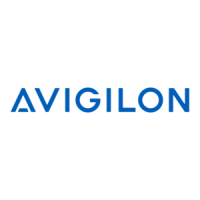
Do you have a question about the Avigilon 2.0W-H3-BO1-IR and is the answer not in the manual?
| Model | 2.0W-H3-BO1-IR |
|---|---|
| Lens | Fixed |
| Environment | Indoor/Outdoor |
| Sensor Type | CMOS |
| Focal Length | 2.8 mm |
| Ingress Protection | IP67 |
| Type | Bullet Camera |
| Resolution | 1920 x 1080 |
| IR Range | 30 m |
| Weather Resistance | IP67 |
| Power Supply | PoE |
| Lens Type | Fixed |
| Video Compression | H.264, H.265 |
| Weight | 0.5 kg |
Lists compatible web browsers for accessing the camera interface.
Controls for adjusting zoom, focus, and iris for camera operation.
Saving and using predefined camera positions for quick access.
Capturing snapshots of live video from the web interface.
Operating Pan-Tilt-Zoom functions for PTZ cameras.
Controlling PTZ functions for cameras connected via an encoder.
Configuring basic device identity, naming, and LED settings.
Configuring IP address, hostname, and time server settings.
Setting up network authentication for secure video stream access.
Adjusting video display settings like zoom, focus, and image quality.
Configuring video compression, image rate, and quality settings.
Generating and accessing the real-time streaming protocol address.
Accessing the latest recorded still image frame from the camera.
Configuring motion detection areas, sensitivity, and threshold.
Defining and setting up privacy zones to block specific areas in the video.
Enabling and managing onboard SD card storage for video recording.
Setting up the camera to record video directly to an SD card.
Downloading recorded video files through the web interface.
Downloading recorded video files directly from the SD card.
Manually deleting recorded video files or formatting the SD card.
Configuring external input and output devices connected to the camera.
Adjusting the gain for connected microphones.
Adjusting the volume for connected speakers.
Creating new user accounts with specific security group permissions.
Modifying existing user passwords and security group assignments.
Deleting existing user accounts from the system.
Retaining user credentials after a firmware downgrade or revert.
Managing camera firmware, reboots, and factory default settings.
Downloading and installing the latest firmware for the camera.
Viewing system and access logs for troubleshooting and monitoring.
Configuring individual camera heads on multisensor dome cameras.
Creating and managing automated tours for PTZ camera movement.
Modifying existing PTZ tour configurations.
Setting movement and zoom limits for PTZ cameras.
Choosing the correct port or channel for encoder setup and live view.
Configuring video input termination settings on the encoder.
Configuring PTZ control options for cameras connected to an encoder.

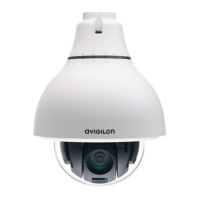
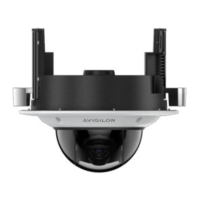

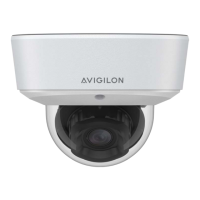
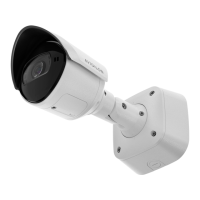
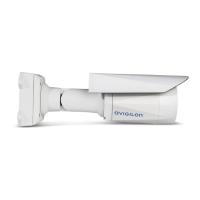





